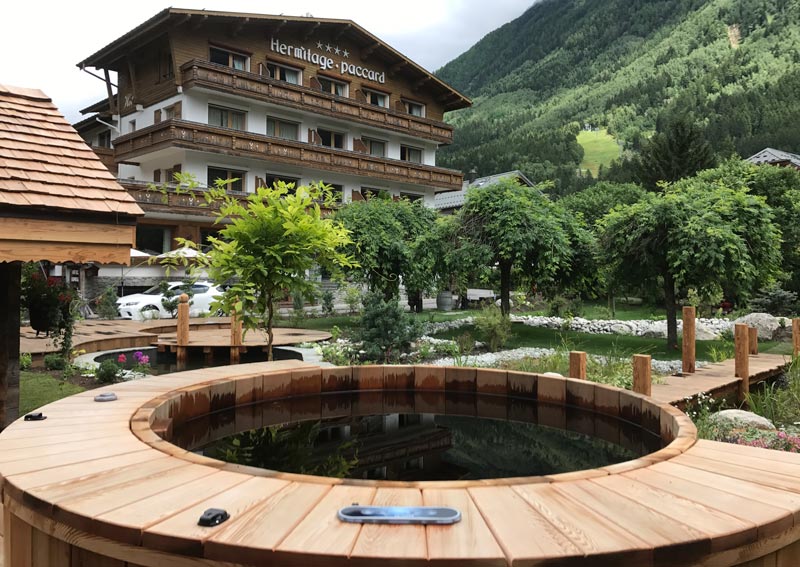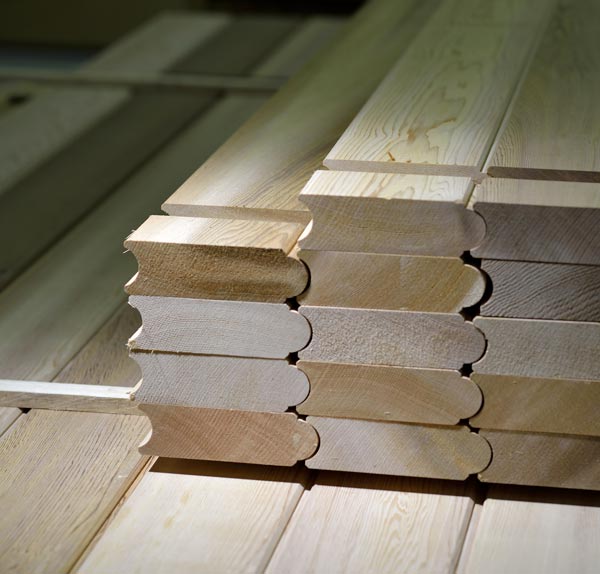Like many people, you’ve probably already wondered howa wooden spa is designed to bewatertight, especially as this material is not watertight in the first place. In this article, we propose to answer this question and provide you with all the answers you need on this subject.

How is sealing possible?
The watertightness of a wooden spa is ensured quite simply by the product’s wooden slats. It may sound surprising, but it’s possible. Wood swells and expands when it comes into contact with water. The
Water heat conservation
Wooden spas are watertight and keep the water warm. In fact, each spa is perfectly insulated, allowing the heating system to operate at optimum efficiency and avoiding any heat loss.


The wood used to design a wooden spa
The most widely used and best-performing wood for a wooden spa is red cedar. It’s perfect for outdoor use. Native to Western Canada, red cedar has incredible natural resistance. This species is therefore the best choice for making wooden spas that will ensure perfect watertightness for buyers. Whether it’s a built-in or semi-recessed wooden spa, this species is perfectly suited to the two different uses it can be put to.
In conclusion, a wooden spa doesn’t require any chemicals to make it watertight: it’s the swelling of the wood held in place by the stainless steel strapping that keeps it watertight, while making it resistant to weather and outdoor conditions.




